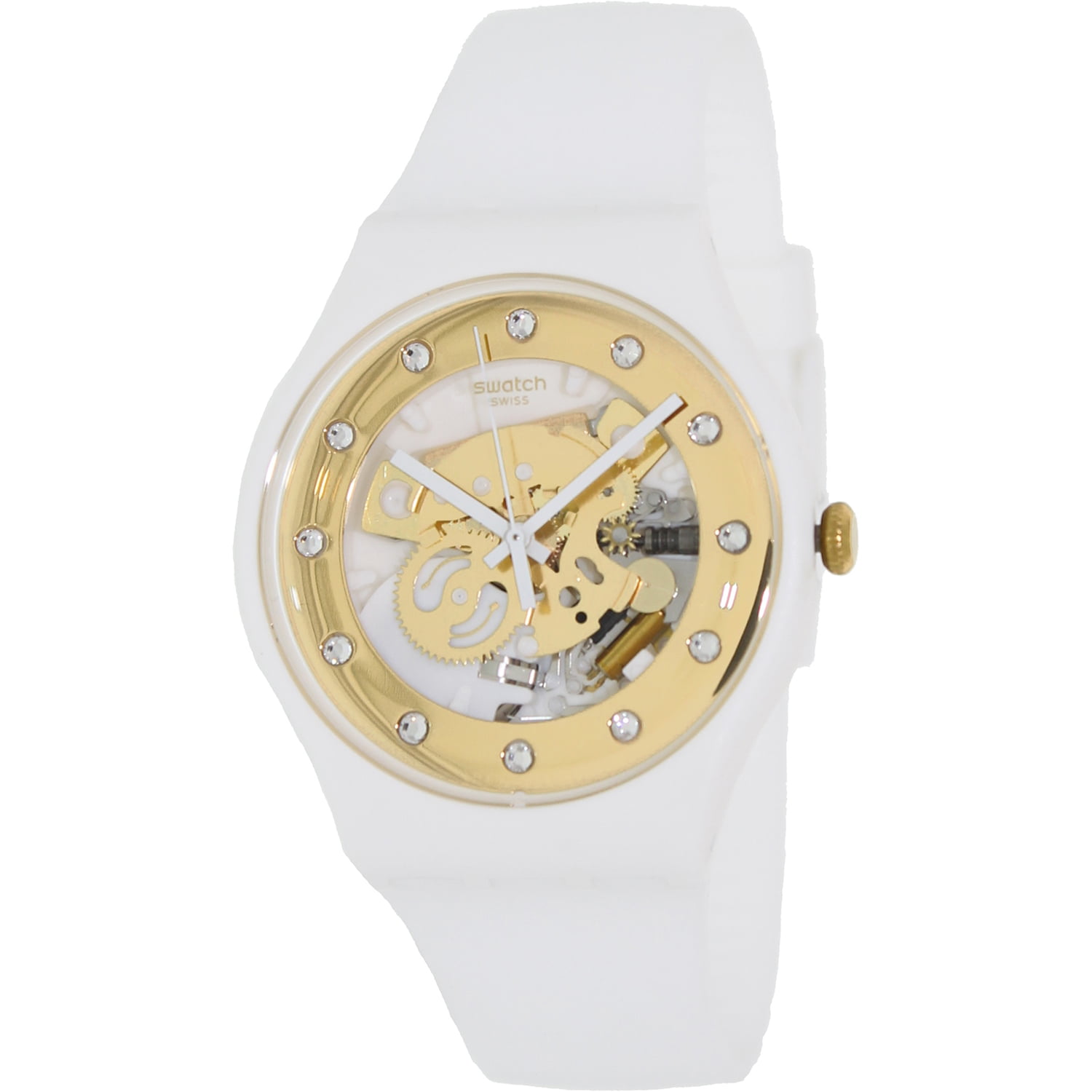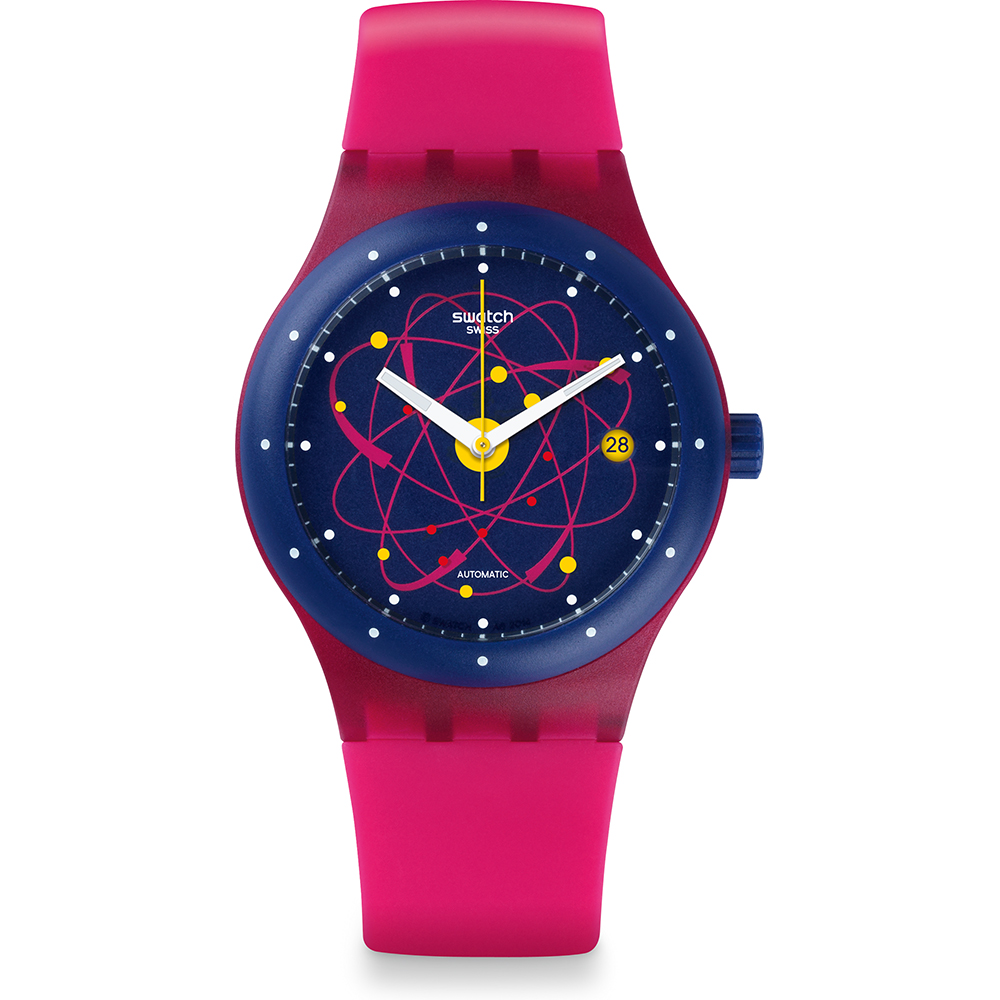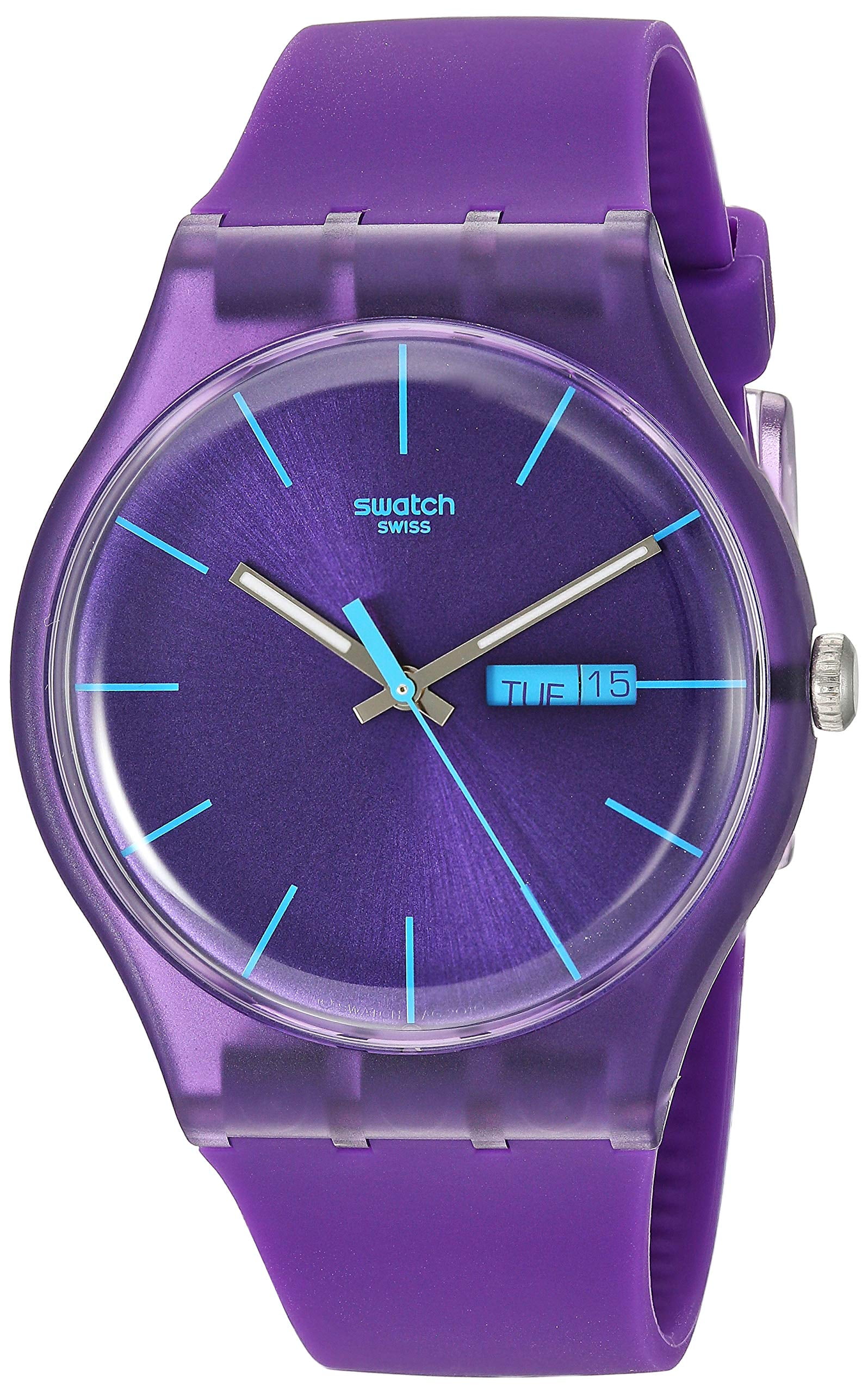
Swiss Timing is always where the action is: it works side by side with Longines at FEI-sanctioned equestrian competitions and has a major presence in gymnastics with the International Gymnastics Federation (FIG). It also works with the brand at FINA’s swimming and aquatics events and supports the superb track and field athletes at the IAAF Diamond League meetings.
#Swatch swiss professional
Swiss Timing has key professional partnerships with the world’s leading International Sport Federations and with many of Swatch Group’s most respected brands.įor example, Swiss Timing is at every Olympic Games venue with Omega.
These cutting-edge innovations include live tracking, motion sensing, and computer vision in addition to Swiss Timing’s unparalleled long-standing services in the areas of timing and scoring as well as data handling. The timekeeping specialist is constantly extending the evolution of technologies designed to measure and record the performances of the world’s most talented men and women, regardless of their sporting discipline. With the #1, Smart has continued to position itself as a semi-premium offering just below Mercedes-Benz vehicles, with the interior design and materials of the #1 taking cues from Mercedes counterparts.For more than forty years, Swiss Timing has been one of the most trusted and innovative names in sport.

The first Smart to be produced in China as part of the Geely partnership, the 4.27m-long #1 features a 66kWh battery providing a maximum driving range of 440km under the WLTP cycle, and a motor producing 200kW of power and 343Nm of torque, driving the rear-wheels.īuilt on Geely’s SEA (Sustainable Experience Architecture), a dedicated EV platform, it is highly likely that all future Geely models will also use similar underpinnings. Instead, the focus of the brand has been on developing and launching the new Smart #1 small SUV. However, even these EV versions are in the process of being discontinued. The brand transitioned to an EV-only model line-up in 2019, revealing battery electric versions of the third generation ForTwo and ForFour, which were originally launched in 2015 with combustion engines. Smart is currently revamping its entire model range. In 2019, Daimler struck an agreement for a 50:50 joint venture with Chinese company Geely (owner of Volvo and Lotus), whereby future Smart vehicles would be electric only, engineered and manufactured in China by Geely, but designed by Mercedes-Benz.Ĭurrently, Smart has retreated from some of the markets it previously had a foothold in, including Australia and the US, and is largely focused on the UK and European markets, with a limited presence in Japan.Ĭurrent model range and electrification plans Smart continued to be under Daimler control until 2019. In this time, Daimler-Benz bought the remaining MCC shares owned by the Swatch parent company, effectively turning Smart into a Daimler subsidiary. Instead of the innovative hybrid powertrain envisioned by Hayek, the production Smart car, now known as the ‘City-Coupe’ and launched in 1998, featured a conventional petrol engine. It was during this time that the ‘Smart’ name would be settled upon, with Smart now being considered as a portmanteau of ‘Swatch Mercedes Art.’Ī two-seat design was settled on, and whilst engineering was largely completed by early 1997, the R&D and manufacturing cost exceeded Hayek’s forecasts, to the extent that Daimler-Benz increased their ownership of MCC to 81 per cent.

MCC would also have oversight over two subsidiaries (SMH Auto SA and MCC GmbH) that would engineer a hybrid drivetrain and design the rest of the car respectively. With Fiat, GM and Renault turning down offers of a partnership, and a deal with Volkswagen falling through, Hayek was able to finally reach an agreement with Daimler-Benz in 1994.īorne out of this partnership would be a joint venture known as Micro Compact Car AG (MCC), 49 per cent of which would be owned by the same parent company that made Swatch-branded watches, whilst the remainder would be owned by Daimler-Benz.

Instead, Hayek wanted to collaborate with a car manufacturer that would be willing to create a dedicated model that could fully express Swatch’s ideas about the modern urban automobile. Then-CEO Nicholas Hayek knew that he couldn’t hope to compete with established car manufacturers at the time, but believing that the automotive industry had ignored the need for a small, stylish car ideal for traversing narrow European city streets, wanted any ‘Swatchmobile’ to be more than just a trim level or decal pack on a carmaker’s existing model.


 0 kommentar(er)
0 kommentar(er)
